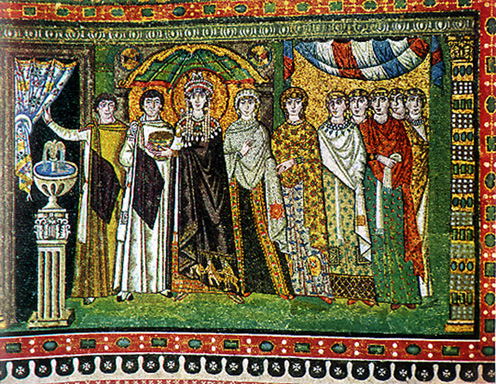Rosanne
It's strange Kwaw, but the more I read and think about this- the more I see Tarot as the 'Penitents Pilgrimage' that barefoot Le Mat I wrote about about somewhere in the galaxy of Tarot, that was blown apart for a super highway.
I can still see a map, and a collection of 'holy pictures' collected along the way- looking like the stars to guide the Penitent.
Well as I think the Papesse is Mary Magdalene at Vezelay who might be this Empress with her shell -as above so below- looking like Venus?
St Genevieve a pilgrimage stop in Paris, where the Saint held a bag on her lap, that within was a gold coin (by tradition)? Echoes of the stars/constellations spoken about by DianaOD in the Empress foundation thread.
Any one of the Marion sites like Rocamadour?
There is a fantastic book calledMedieval France: An encylopedia by William Westcott Kibler that talks about the Pilgrimages throughout Spain and France/Rome (pages 740 +741 are on the web)
Fascinating glimpses Kwaw!
~Rosanne
I can still see a map, and a collection of 'holy pictures' collected along the way- looking like the stars to guide the Penitent.
Well as I think the Papesse is Mary Magdalene at Vezelay who might be this Empress with her shell -as above so below- looking like Venus?
St Genevieve a pilgrimage stop in Paris, where the Saint held a bag on her lap, that within was a gold coin (by tradition)? Echoes of the stars/constellations spoken about by DianaOD in the Empress foundation thread.
Any one of the Marion sites like Rocamadour?
There is a fantastic book calledMedieval France: An encylopedia by William Westcott Kibler that talks about the Pilgrimages throughout Spain and France/Rome (pages 740 +741 are on the web)
Fascinating glimpses Kwaw!
~Rosanne



